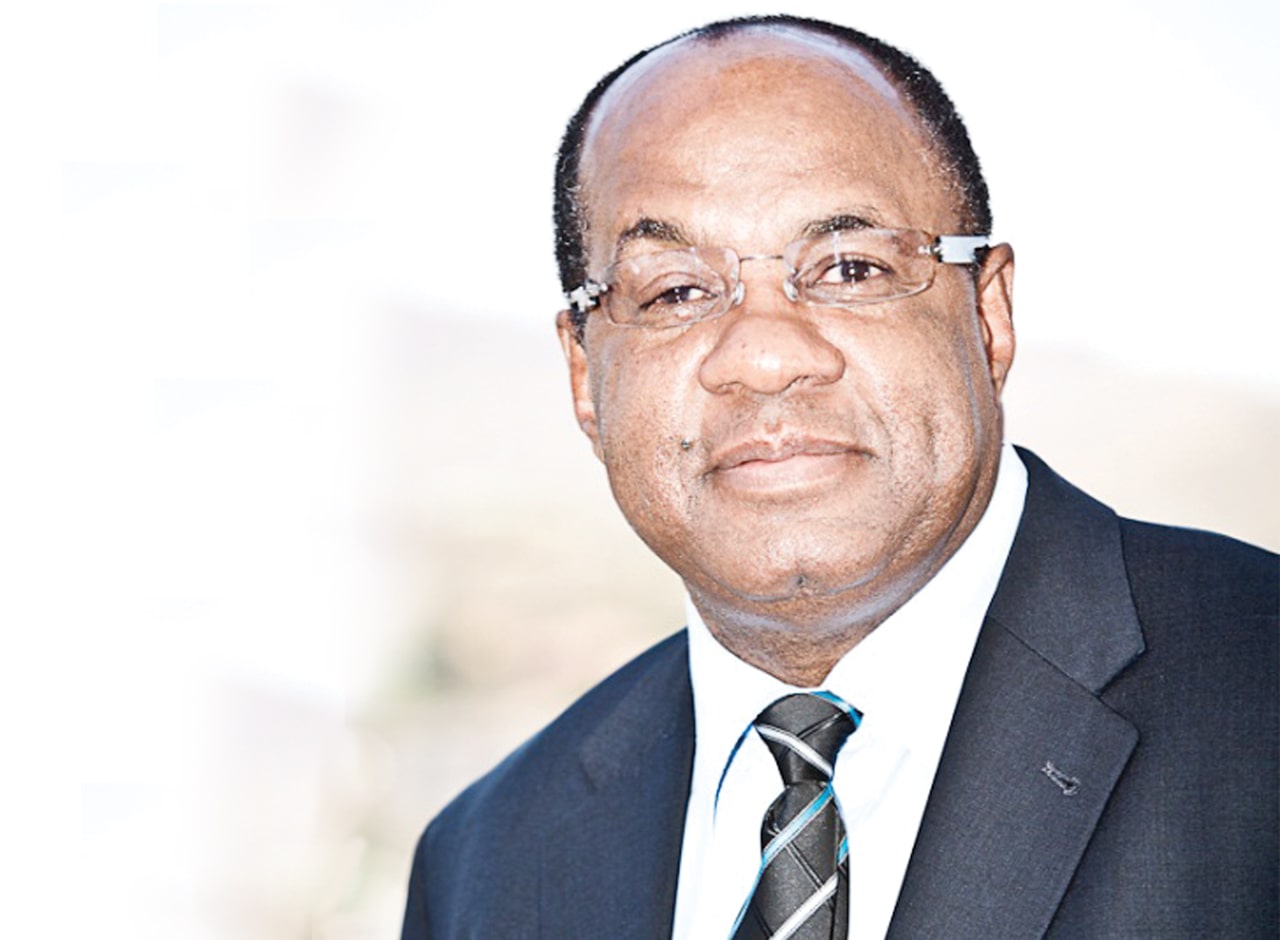Staff Writer
The Bank of Namibia’s Monetary Policy Committee (MPC) today raised the repo rate by 75 basis points from 5.50 percent to 6.25 percent for the fifth time this year.
At the beginning of this year the country’s rate was 3.75 before it was raised by 25 basis points to 4%.
The central bank kept the repo rate at 3.75 percent for the whole of 2021, the lowest the country has enjoyed in a long time. However, since the beginning of this year on 16 February it started pushing it up and has raised it cumulatively by 250 basis points.
Bank of Namibia Governor Johannes !Gawaxab said the MPC decided to increase the repo rate by 75 basis points to 6.25 percent with due consideration of the persistent inflationary pressures and is deemed appropriate to safeguard the one-to-one link between the Namibia Dollar and the South African Rand, while meeting the country’s international financial obligations.
“To continue anchoring inflation expectations, safeguarding the peg arrangement while meeting the country’s international financial obligations the MPC decided to increase the repo rate by 75 basis points to 6.25%,” he said.
!Gawaxab said despite the repo increase the domestic economic activity improved during the first nine months of this year.
“Building on the strong GDP growth figures observed in the first two quarters of 2022, recent economic data indicates that the domestic economy continued to recover in the third quarter.
The growth was mainly reflected in sectors such as mining, agriculture particularly activities related to livestock, wholesale and retail trade, communication as well as tourism,” said! Gawaxab.
However, he said, the construction sector continued to weaken as reflected in decreased activity from both government and the private sector. Inflation is now forecast to average around 6.1% for the year, up from the 5.8% forecast at the last Monetary Policy Committee (MPC) meeting in August, the central bank said.
In August the central bank confirmed it expected the domestic economy to grow by 3.2% in 2022, mainly driven by diamond and gold mining, and coupled with better recovery prospects across most sectors.




